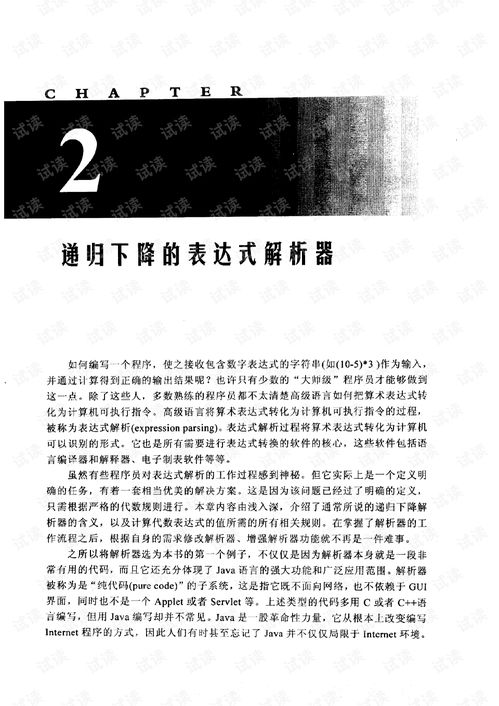Content:
Fishing at the seashore is a delightful experience that allows anglers to enjoy the beauty of the ocean while reeling in some of the most delicious catches. Among the various types of bait, redworms have proven to be a popular choice among anglers for their effectiveness in attracting a wide range of fish species. In this article, we will delve into the art of redworm fishing at the seashore and provide you with essential techniques to help you master this skill.
Choosing the Right Redworms
The first step in successful redworm fishing is selecting the right type of redworms. There are two main types: red wigglers and nightcrawlers. Red wigglers are more suitable for freshwater fishing, while nightcrawlers are ideal for saltwater fishing. When choosing redworms, look for those that are healthy, plump, and have a vibrant red color. Avoid worms that are slimy, have cuts, or are dead, as these may not be as effective in attracting fish.
Preparing the Redworms
Before you start fishing, it's essential to prepare the redworms. Begin by removing any excess soil or debris from the worms. You can do this by gently rinsing them with water. Once the worms are clean, you can either use them whole or cut them into smaller pieces. Cutting the worms into smaller pieces can increase their surface area, making them more appealing to fish.
Choosing the Right Fishing Gear

To ensure a successful redworm fishing experience, it's crucial to have the right fishing gear. Here are some essential items you'll need:
- A rod and reel: Choose a rod and reel that are suitable for the type of fish you're targeting. A medium-action rod and reel combination is often a good choice for redworm fishing.
- Fishing line: Use a monofilament line with a breaking strength of 6 to 12 pounds, depending on the fish species you're targeting.
- Hooks: Select a size 4 to 6 hook, depending on the size of the redworms and the fish you're targeting.
- Sinkers: Use a small split shot sinker to keep your bait at the desired depth.
Casting and Lining Up
When casting your line, it's essential to line up your rod and reel correctly. Begin by holding the rod at a 45-degree angle, with the reel in your non-dominant hand. Once you've reached your desired casting distance, release the line with a smooth, controlled motion. As the line lands, keep the rod tip low to prevent the bait from landing too hard.
Baiting Your Hook
To bait your hook with a redworm, follow these steps:
- Start by threading the end of the worm onto the hook, leaving a small amount of the worm exposed.
- Gently push the worm down the hook, ensuring that it is securely attached.
- If you're using multiple redworms, thread them onto the hook one by one, spacing them evenly.
Presenting the Bait
Once your bait is ready, it's time to present it to the fish. Here are a few tips to keep in mind:
- Move your bait slowly and in a natural, wriggling motion. This will mimic the movement of a real worm and attract the fish's attention.
- Vary your retrieve speed and direction to see what works best in your particular fishing spot.
- Pay attention to the water's current and adjust your bait accordingly.
Setting the Hook and Reeling in the Fish
When a fish takes your bait, you'll feel a tug on the line. Here's how to set the hook and reel in the fish:
- When you feel a tug, quickly lift the rod tip to set the hook.
- Once the fish is hooked, reel it in slowly and steadily, keeping tension on the line.
- Be prepared for a fight, as some fish may put up a good struggle.
In conclusion, redworm fishing at the seashore can be a rewarding and enjoyable experience when you master the essential techniques. By choosing the right redworms, preparing your bait, selecting the appropriate fishing gear, and employing the proper casting, baiting, and retrieval techniques, you'll be well on your way to catching some of the most delicious fish. Happy fishing!












